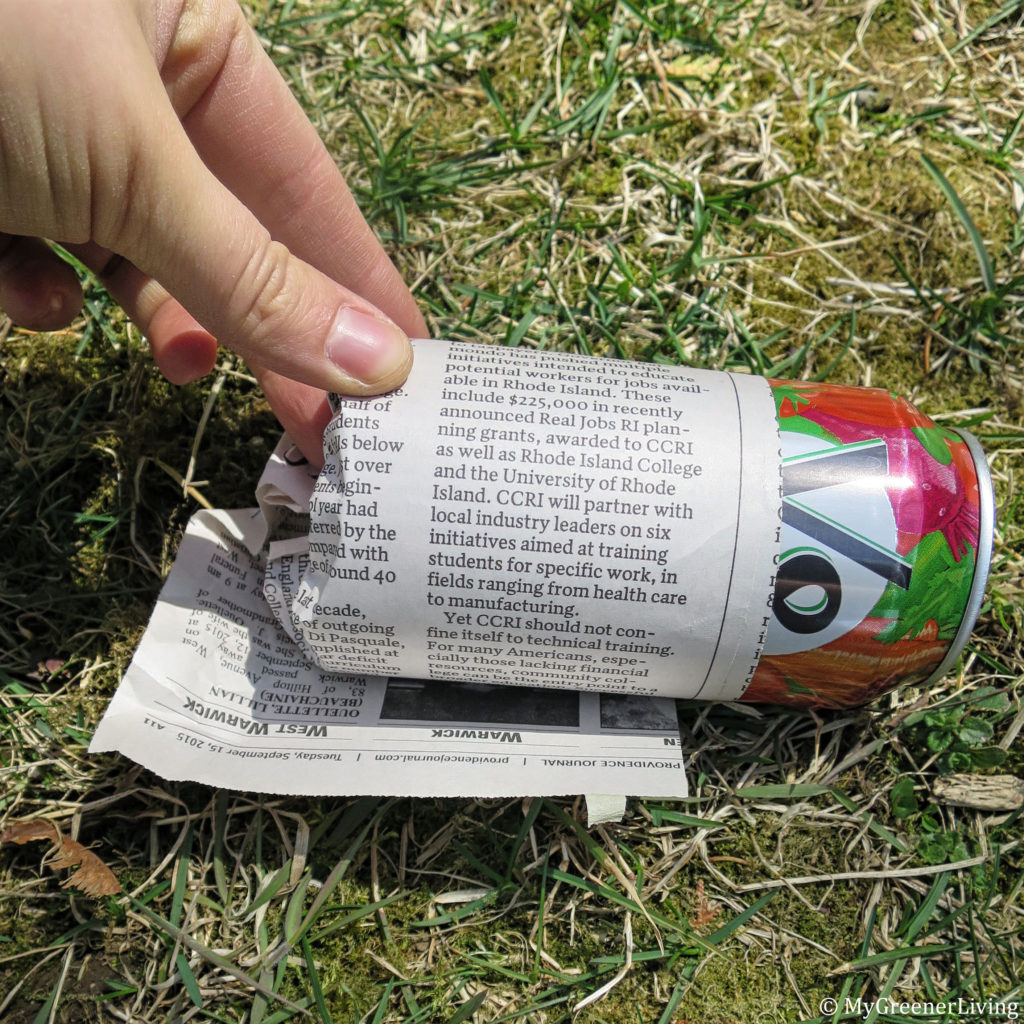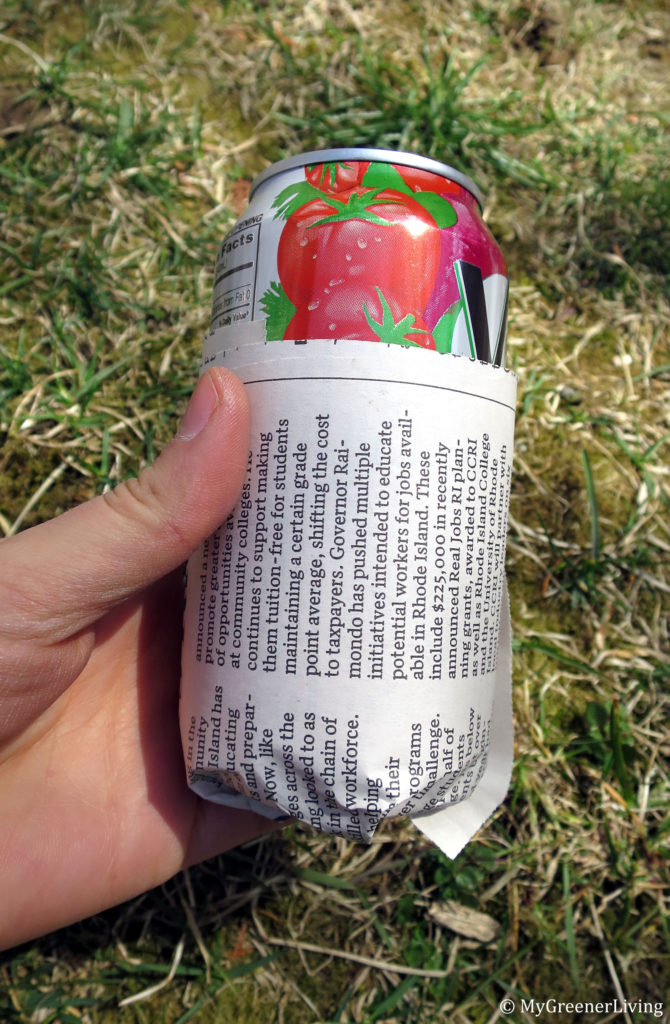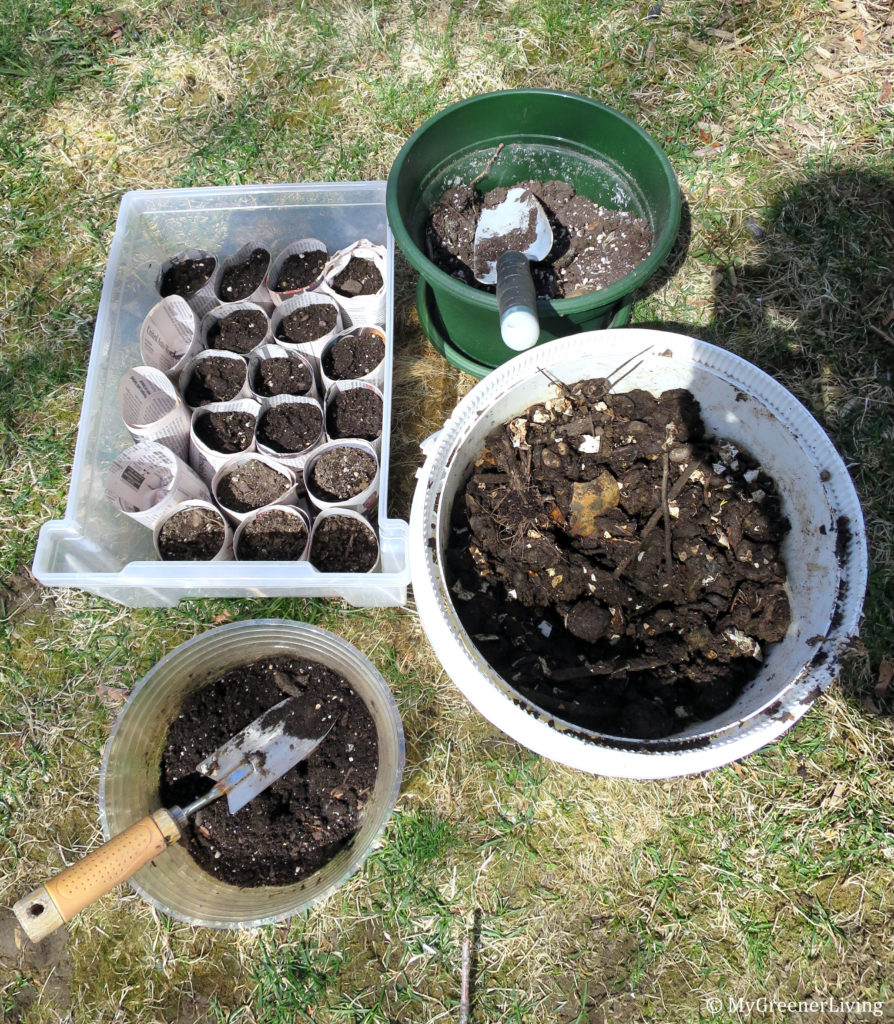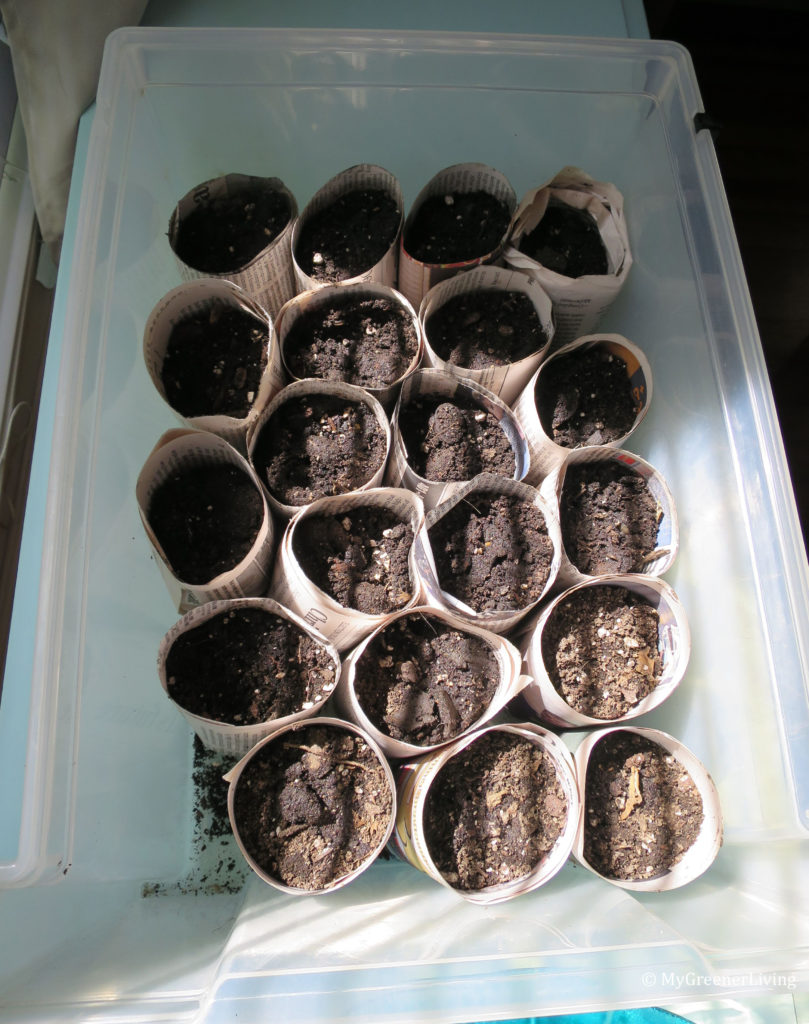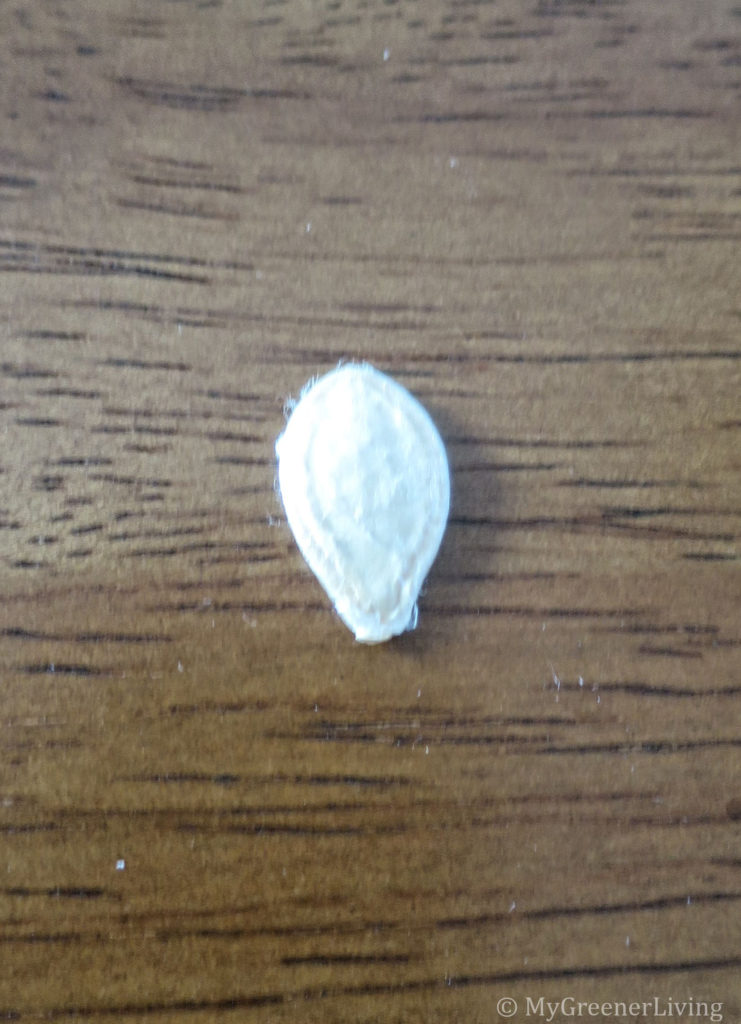Back before I was so environmentally conscious and adopted the more natural lifestyle, I just wanted a clean shower. And I had a lot of trouble finding a product that let me get that! I bought specialty shower cleaners, all purpose cleaners, and I scrubbed and scrubbed, and I never felt like my shower was clean. There always felt like a tacky soap residue on the shower walls and glass door. That is – until I discovered the cleaning power of vinegar + Dawn dish detergent.

Disclaimer: This post contains affiliate links. See my Disclosure Policy for more information.
Last year I wrote about basic cleaning with natural soap versus synthetic detergent. Basically, natural things like dirt and sweat can be effectively cleaned with natural soap (like castile soap), and synthetic things like bike chain grease need to be cleaned with a synthetic detergent. Conventional soaps, shampoos, and body washes fall into that second category; they need a detergent cleaner. After trying many synthetic cleaner mixes without success, I came across a very simple cleaner recipe: white vinegar + Dawn dish detergent.
In retrospect, this makes perfect sense. Do you remember those ads for Dawn where the people are cleaning oil off ducks who were contaminated after an oil spill? The makers of Dawn know this stuff is good for cleaning that icky synthetic residue.
Synthetic soap cleaner: vinegar + Dawn
The recipe for this soap scum cleaner is very simple. Just two ingredients, plus a spray bottle (I reused the bottle from an old cleaner) and a sponge or cleaning brush.
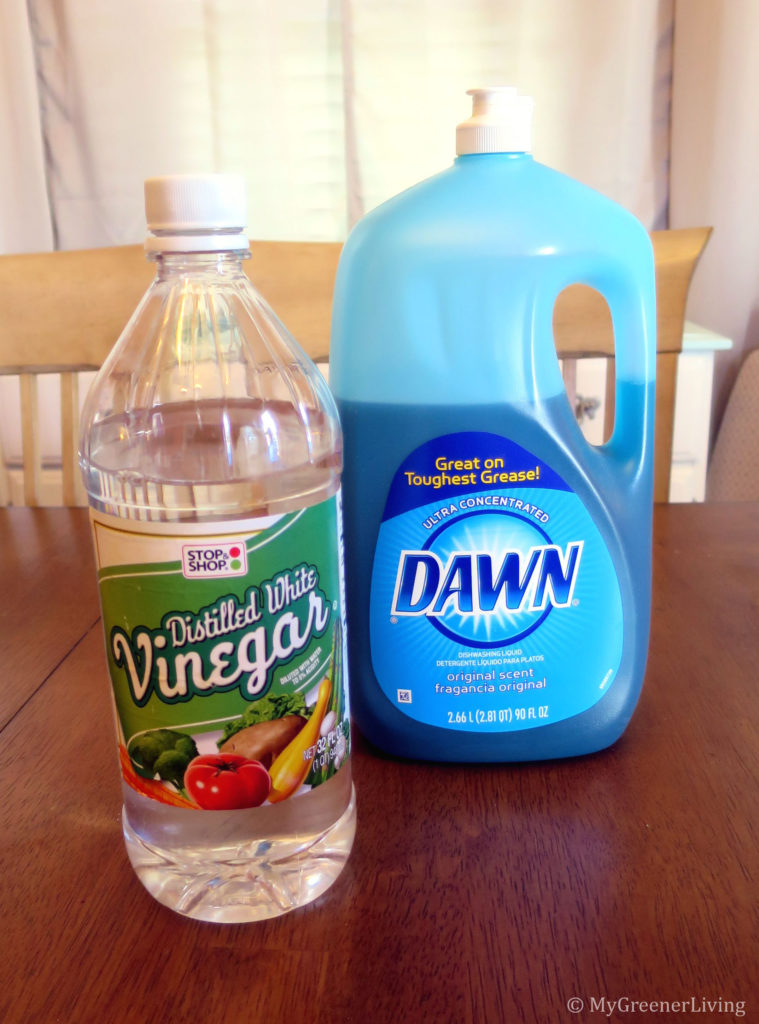
Ingredients
Instructions
- Pour equal parts vinegar and Dawn in a spray bottle. Attach cover.
- Slowly and gently turn the bottle upside down, right side up, and repeat several times to mix the ingredients.

How I use vinegar + Dawn shower cleaner
To use vinegar + Dawn shower cleaner, I spray all over the shower walls, door, and bottom of the shower. I let this “soak” for about 5 minutes, then I use a wet sponge or cleaning brush to wipe down all shower surfaces. I work from the top down, and rinse/re-wet the sponge or brush as needed. Finally, I rinse everything with water.
I have found that the easiest way to tell if the surface is clean and clear of soap residue is by touch. When I run my fingers over a clean surface, it is very smooth. When there is soap scum on the surface, it feels a bit tacky or textured. Any time I feel areas like that, wipe over that area again (if there’s still vinegar + Dawn on my sponge; otherwise I spray a little more solution then wipe.
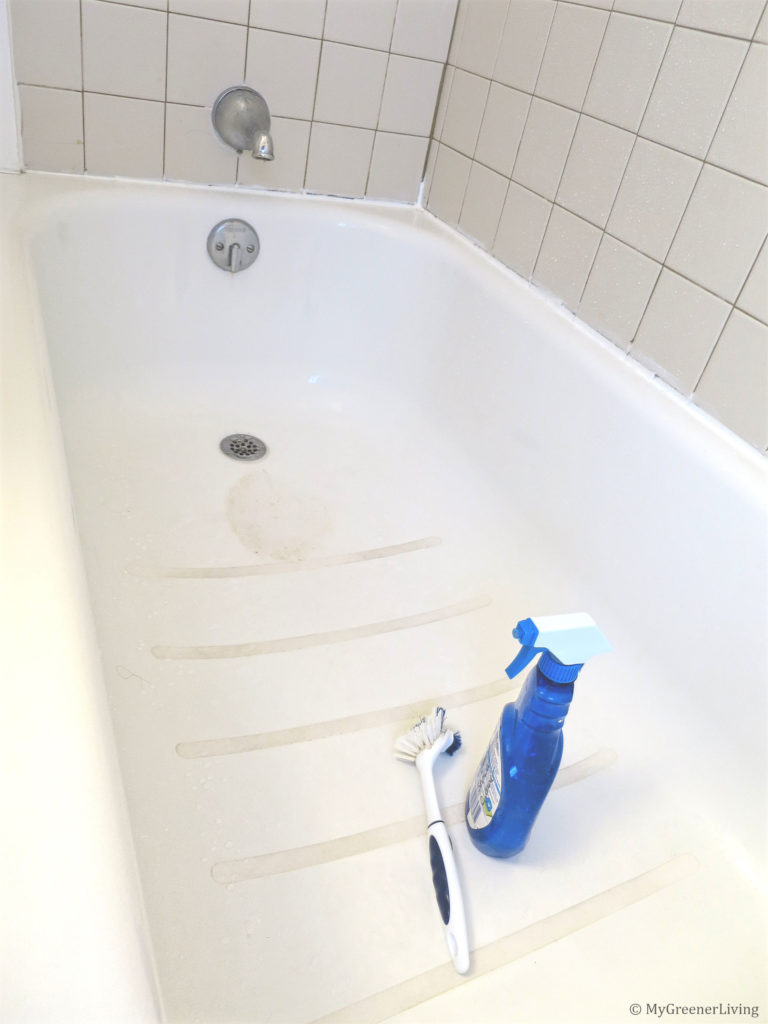
When do I use this shower cleaner?
I use vinegar + Dawn dish detergent as a soap residue cleaner when I am cleaning a shower (or sink) that has had conventional soap, shampoo, or body wash used in it.
What do I use to clean the shower if I have used natural soaps?
Vinegar + Dawn seems to work on all soap residue that I have encountered. That’s probably why detergents have become so popular – they work on everything. However, for the natural soaps, I have found a natural cleaner. When the shower has had only natural soaps and shampoos like I now typically use, I use this all natural soap scum cleaner.
Cost
How much does this cleaner cost?
- White vinegar, 5% acidity. $2 for 64 fluid ounces. Cost per ounce is $2/64=$0.03125
- Dawn dish detergent. A small bottle is just under $9 on Amazon, but I bought mine at BJ’s, $8.99 for 90 fluid ounces. Cost per ounce is $8.99/90=$0.09989
- Total cost per ounce is $0.13.
My spray bottle holds 26 fluid ounces, so with this recipe it holds 13 ounces each vinegar and Dawn, and cost 13x($0.03125+$0.09989) = $1.70 to fill. Based on how long I’ve been using this bottle and how much is left, I estimate one bottle lasts me at least 4 years. Cost per year is only $1.70/4=$0.43, making this a frugal cleaning product. While this product (the Dawn part) is not natural, I use only a little at a time and only a little each year, so I don’t feel too guilty using it.
Have you found any effective soap or synthetic soap residue cleaners? Please share in the comments!


